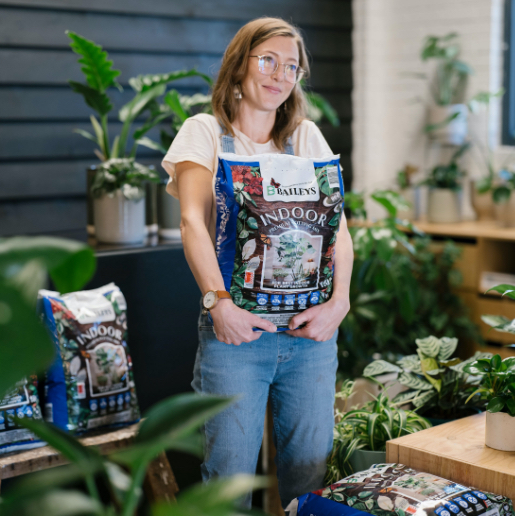
Join our Great Gardens Club!
Sign up to enjoy 15% off your first purchase from Baileys online. Plus, get our monthly WA gardening tips, latest news and promotions straight to your inbox.

Sign up to enjoy 15% off your first purchase from Baileys online. Plus, get our monthly WA gardening tips, latest news and promotions straight to your inbox.
Bamboo is a type of grass that belongs to the subfamily Bambusoideae. It is known for its tall, woody stems, which are called culms. Bamboo is one of the fastest-growing plants in the world and some species can grow up to 91 cm (36 inches) in a single day.
There are over 1,500 species of bamboo, which are found in various parts of the world, including Asia, Africa, Australia, and the Americas. Bamboo is often used as an ornamental plant in landscaping due to its fast growth, natural beauty, and versatility. It can be used as a hedge, screen, or focal point in a garden.
Choose the right species of Bamboo
Not all bamboo species are suitable for Perth's climate. Choose a species that can tolerate the hot, dry summers and mild winters. Some good choices include Bambusa textilis, Bambusa oldhamii, and Phyllostachys aurea.
How to plant Bamboo
Bamboo prefers well-drained soil that is rich in organic matter. Enrich the soil with Baileys Soil Improver Plus which contains compost and manure that will encourage strong and healthy growth. If you have very sandy soils, use Baileys Clay & Compost.
Plant bamboo in the spring or autumn, when temperatures are cooler and there is more moisture in the soil. Dig a hole that is twice the size of the root ball and backfill with soil. Water thoroughly and mulch around the base of the plant to retain moisture, use Baileys Moisture Mulch.
Caring for Bamboo
Bamboo needs regular watering, especially during the first few months after planting. Water deeply once or twice a week, depending on the weather and soil conditions. Avoid overwatering, as this can lead to root rot.
Bamboo can be sensitive to direct sunlight, especially during the hottest part of the day. If possible, provide some shade during the summer months.
Bamboo can be a fast-growing and invasive plant. To control its spread, install a barrier around the planting area to prevent rhizomes from spreading. You can also prune the bamboo to control its height and shape.
Bamboo benefits from regular fertilisation to maintain its vigour and growth, use an organic-based fertiliser such as Baileys Soil Matters Garden.
Pests and Diseases
Like any other plant, bamboo can be susceptible to pests and diseases. Some common pests that can affect bamboo include bamboo mites, bamboo aphids, mealybugs, scale insects, and borers. These pests can cause damage to the leaves, stems, and roots of the bamboo plant.
Bamboo can also be affected by fungal and bacterial diseases, such as bamboo blight, bamboo rust, and bamboo wilt. These diseases can cause discoloration, wilting, and death of the bamboo plant.
However, with proper care and maintenance, bamboo can be relatively pest and disease-free. Regular watering, fertilising, and pruning can help keep the plant healthy and prevent infestations. Additionally, selecting bamboo species that are well-suited to the local climate and soil conditions can also help prevent pest and disease problems.